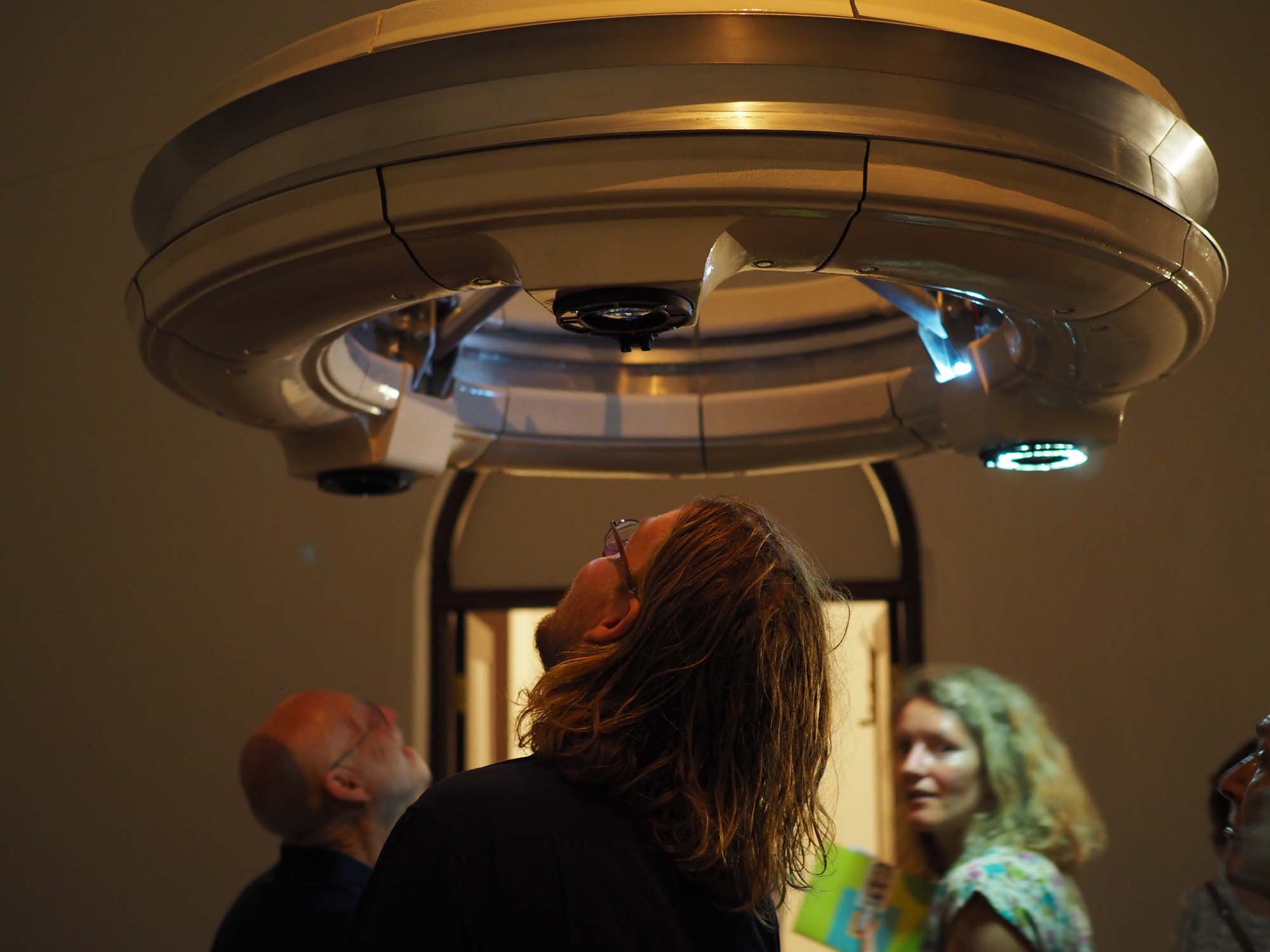24th Art Division Excellence Award
Bricolage
Media installation
Nathan THOMPSON / Guy BEN-ARY / Sebastian DIECKE[Australia]
Outline
Bricolage is a research project surrounding the creation of autonomous, animated living entities that are hosted in a suspended Incubator custom made of clay, metal, and glass. The automatons are made from iPS derived human heart muscle cells that grow on bodies made of silk. The muscle cells beat in real time, manipulating the automatons’ movement and creating a cellular performance. Viewers are positioned submissively under the performance questioning the so-called superiority of humans over non-human entities. The automatons have a strong physical presence in the gallery, where visitors can see them with their naked eye and without any mediation such as cameras, screens, or microscopes. The cells we are using originated from a drop of blood. We reprogrammed the blood cells and transformed them into Cardiomyocytes. The automaton’s bodies are made of silk due to its cultural associations and its widespread use as a biomaterial. We believe the biological alchemy that enables the conversion of a drop of blood into a living animated entity is something that needs to be explored from a cultural perspective. This is an intriguing, challenging, and frankly, quite disturbing prospect.
Reason for Award
The artists’ body of work shows a history of engaging and interacting with semi-living extra-bodily life. For this project, they used the iPS (induced pluripotent stem) cell process to transform the blood of anonymous and consenting donors into cardiomyocytes. When these heart cells are grown in vitro, they show synchronicity, they spontaneously start to beat in sync. Biological art tends to be non-spectacular due to micro-scale changes and operations of the living matter. For Bricolage, the artists developed a process that allows them to grow the heart cells on scaffolds of silk, which gives the beating heart cells the ability for self-directed movement, self-assembly and self-organization. The artists refer to these biological machines as surrogate performers, as micro-performing entities whose performance bridges the gap from the invisible, cellular space to the visible, shared performative space of the audience. The term “media” within the biological art context not only refers to the medium of artistic expression or medium of communication/storage, but also to the immediate surrounding, to the growth media, to the milieu and metier of the living matter. This questions and expands the term Media Art and reminds us, that we humans can also be seen as Media. (Georg TREMMEL)



